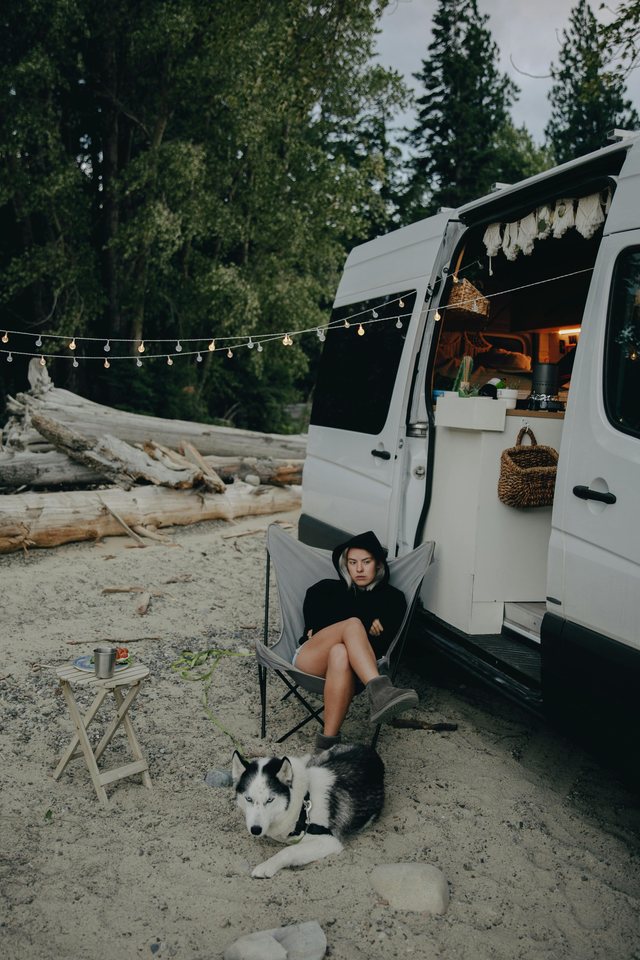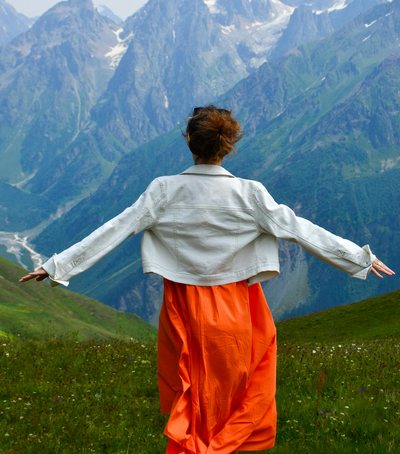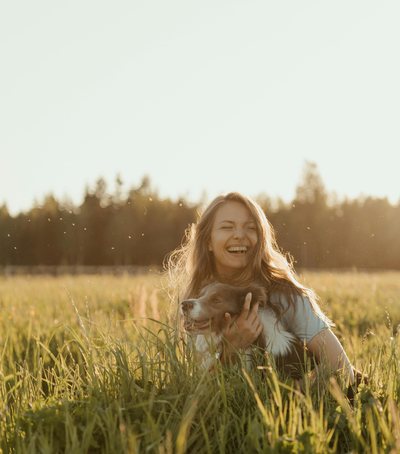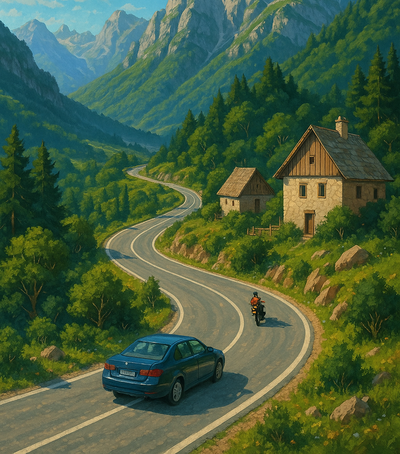
Slow travel is a counter-argument to mass tourism based on accelerated pace and busy itineraries. Instead of “seeing as much as possible,” the goal is to “immerse ourselves deeper and deeper” into the daily life of the destination—choosing places that are not big tourist businesses, where every day becomes an opportunity to get to know local crafts, enjoy authentic cuisine, and feel the cultural pulse away from the streets crowded with buses and mass souvenirs.
Selecting uncommercialized destinations starts with searching for villages, valleys, nature reserves or small towns where the infrastructure is not geared towards fast tourism. Here, accommodation is often in family guesthouses, agritourism or friendly homes, where the owners invite guests to feel part of the community and often share stories and traditional recipes that you won't find in guidebooks.
Planning slow trips requires flexibility: set general goals for experiences—e.g., learning a local recipe, attending a village festival, or going on a nature hike—but don’t set rigid schedules. Leave room for spontaneous discoveries, conversations with locals, stops at simple fruit and vegetable markets, or random photo opportunities to take your mind off the pre-determined itinerary.
A key part of slow travel is immersion in culture and cuisine. It’s more than just a dinner at a restaurant; it’s active participation in a cooking class with a local grandmother, breakfast gatherings with homemade eggs and jam, or watching the olive oil production process live. This approach provides not only unique flavors, but also an understanding of the agrarian and social context that makes each dish unique.
Community engagement is not left on the table: participation in vineyard work in the fall, earth building lessons, or cultural heritage trails—such as stories, songs, and dances—turn travelers into co-organizers of the experience. In return, residents often feel proud to share their vibrant and welcoming place.
The benefits of this travel style are undeniable: stress reduction, true circadian rhythm alignment through restful sleep and light physical activity, and increased focus and creativity from the interruption of urban noise. Connecting with nature and local culture helps form deep and substantial memories, not just photos from point A to point B.
Some examples of destinations include the remote villages of Albania with stone houses and dita halls, the Kamchia Peninsula in Bulgaria with its untouched coastline, the Harz Mountains in Germany with its historic trails, or the Cotopaxi region of Ecuador with its regenerative organic farms. Each area holds its own story and can open up new travel horizons.
To get the most out of it, keep a few practical tips in mind: learn a single local word in our greeting language, install eco-friendly appliances (like voltage-reducing washing machines and recycling bins), and book only two nights of accommodation in advance to leave room for spontaneity. Be sure to buy from local producers and respect community rules.
At its core, slow travel is an invitation to travel mindfully and respectfully, away from the hustle and bustle of tourism and commercial monoculture. These are the journeys that change the way we see the world and ourselves.
Photo Credits (PNW Production):
https://www.pexels.com/photo/a-woman-camping-with-a-dog-outdoors-9354630/





